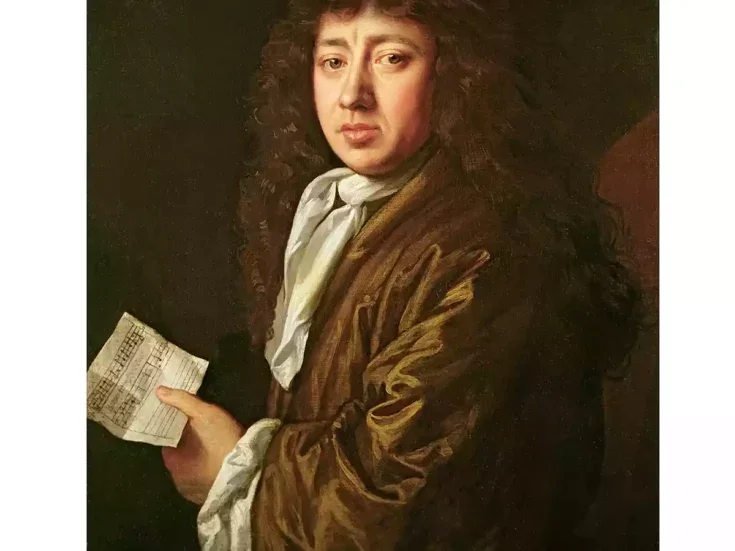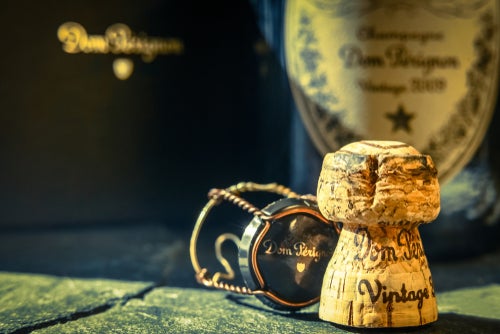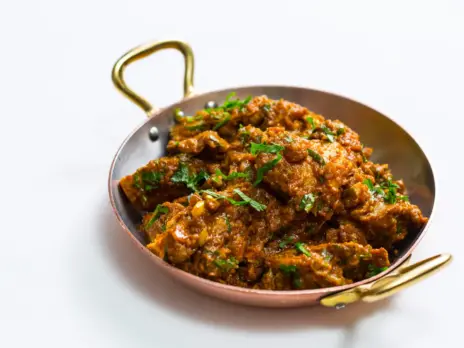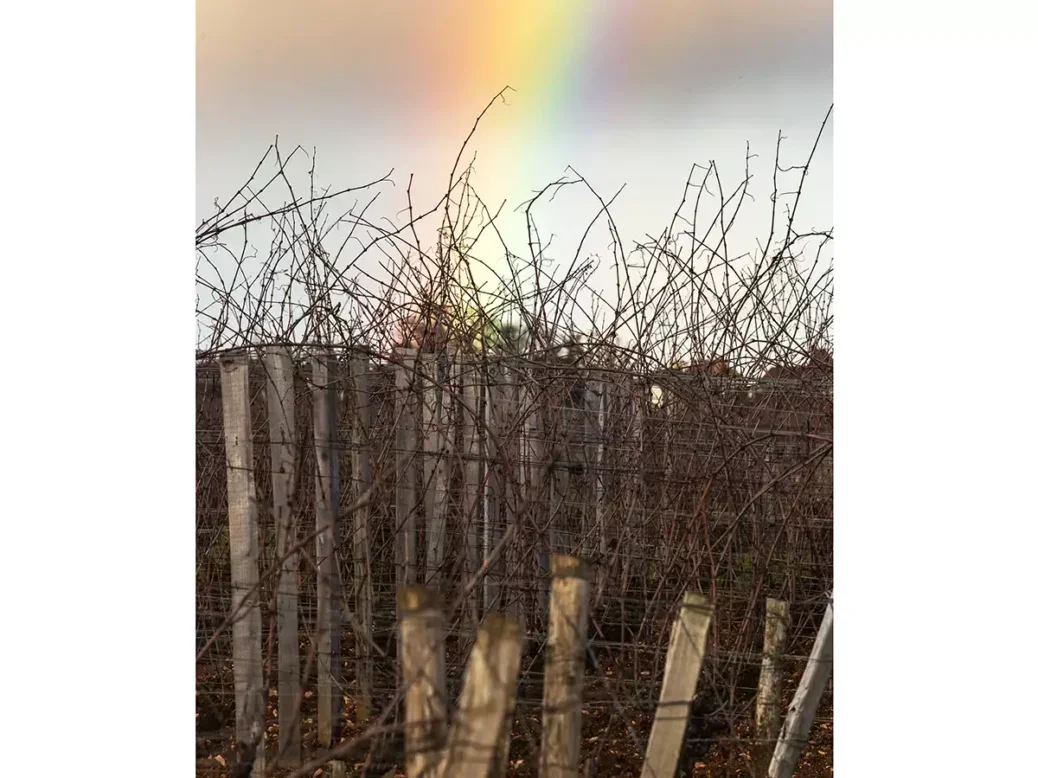
Neil Beckett reports on the 2024 Burgundy vintage.
As a Scot who grew up on the country’s Atlantic coast, I was able to express what I hope came across as genuine sympathy when listening to the many tales of weather woe related by Burgundy vignerons after the exceptionally challenging and wet 2024 growing season. But persistent rain never made the difference to me that it made to all of them last year, and I was reminded of how humble and stoical vignerons need to be if they are to retain their sanity; they have to care deeply, to make every effort, almost every day, for months… and yet if Mother Nature doesn’t smile on them—and in 2024, she seemed to spit on them—they need somehow to accept it.
I imagine that in 2024 that must have been especially hard for Ludivine Griveau, régisseur of the Domaine des Hospices de Beaune since the 2015 vintage—not only because of the charitable dimension and the extent of the domaine (140 plots across 60ha [150 acres], from Chablis, to the Mâconnais), and therefore the weight of the responsibility, but also because after three years of being in conversion, this was the first vintage when its wines would be certified organic. But despite this cruel irony (Mother Nature seeming to sneer, as well as spit), Griveau managed to rise above it, writing in her candid, insightful, and philosophical annual report, “Because this vintage is unlike any other, because it will remain (for a long time) etched in our memories as winemakers, and finally, because it has given us the opportunity to measure just how fragile our knowledge, not to mention our certainties, can be, it truly deserves the term ‘experimental’ […] As we navigated our path toward organic certification, this vintage pushed us into a journey that was undoubtedly unpredictable but, in hindsight, exhilarating. Robustness, tenacity, and mobilization have formed the foundation of this extraordinary experience; much like in a hospital, we had to coexist with the pressure of adversity […] The multiple episodes of harvest loss in 2024 leave no room for regret: We did everything we could in time, without human or technical errors, with unwavering commitment… Sometimes we must deconstruct a model of knowledge we thought perfect to rebuild everything for the future… like an experiment.”
The following account of the 2024 Burgundy growing season draws on Griveau’s report, as well as that of Jeannie Cho Lee MW, the specialist wine consultant to Sotheby’s, auction partner of the Hospices de Beaune since 2021; and that of the Bureau Interprofessionnel des Vins de Bourgogne (BIVB).
2024 Burgundy: Abnormal again the new normal
The BIVB’s 2023 harvest report emphasized that “Year after year, the exceptional is becoming the norm.” This also applied fully to 2024 Burgundy, summarized by the BIVB thus: “In [Burgundy], in common with much of France, this year was characterized by unusual weather, with rainfall far above average, though unevenly distributed. Added to this, there were episodes of frost and hail—localized but severe. These conditions created greater pressure from disease, requiring immense efforts throughout the growing season to protect the crop. Harvesting was later than in recent years, concluding at the end of September. Although the potential harvest quantity was reduced, the maturity level of the harvested grapes, combined with the expertise of the winemakers, heralds a quality vintage.”
Looking at the growing season in a little more detail, the 2023/24 Burgundy winter was mild and wet, with average temperatures higher than usual (+1.9°C [3.4°F]) for the third consecutive year, while rainfall from October to March reached 671mm (26.4in), nearly twice the normal level (362mm [14.3in]). February was especially mild (+3.6°C [6.5°F] on average), but so, too, was the second half of March (+2.7°C [4.9°F] on average), which brought about an early budbreak—as early as March 22, but mostly over the warm Easter weekend of March 30–31.
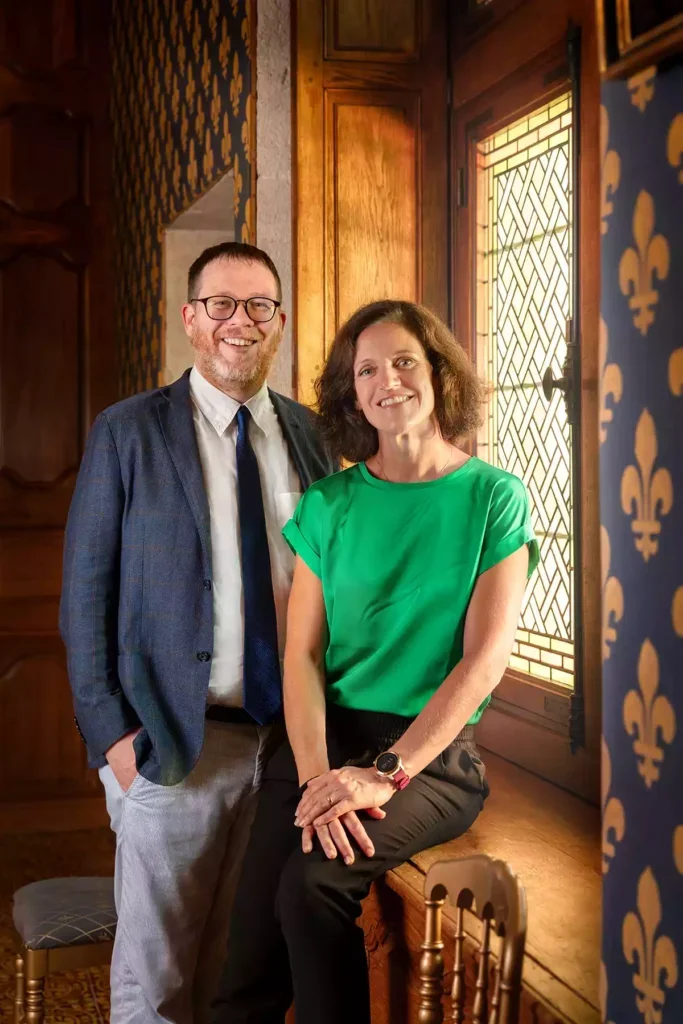
Guillaume Koch, director of the Hospices Civils de Beaune, and Ludivine Griveau, manager of the Domaine des Hospices de Beaune. Photography courtesy of Sotheby’s.
The early start to the season—at this stage ten days ahead of the 20-year norm—continued into April, which made all the more damaging the frosts that gripped some vineyards in Chablis, the southern Côte de Beaune, and the Côte Chalonnaise when temperatures tumbled—the first of several episodes that would eventually greatly reduce yields. The second was the devastating hail that struck on May 1, affecting some 2,000ha (4,950 acres) and hitting Chablis hardest, leading to losses ranging from 60% to 100%, including grand and premier cru climats. Hail remained a scourge throughout the season, all the way through to early August, storms striking not only Chablis but also the Côte d’Or and the Mâconnais. Even in areas not affected by hail, the rain was unrelenting, with 550mm (21.7in) from January to May, against an average of 220mm (8.7in), and only 528 hours of sunshine compared to the usual 706. Griveau laments that it had been the fourth-wettest spring since 1959: “Boots and rain gear proved worthwhile!”
Flowering started in early June and was largely over by the middle of the month, but the wet weather caused coulure (poor fruit set) and millerandage (uneven grape size), which limited potential yields. Temperatures rose in Burgundy in the second half of June, but so, too, did losses to downy mildew, as it was the fifth consecutive month of above-average rainfall—a record 120mm (4.7in), 50% higher than usual. Veraison started in the Côte d’Or around July 20 and was mostly over by the end of the month, when temperatures rose further. But downy mildew remained a risk, and now there was also the threat of powdery mildew. Constant vigilance was needed in the vineyards, and as rain repeatedly washed off the copper and sulfur sprays used to fight the mildew, those with the necessary resources had to repeat the treatments—up to 16 times across the Hospices de Beaune vineyards.
August brought some respite, as conditions finally became drier as well as warmer, which helped the grapes to ripen, though unusually the Chardonnay generally needed longer than the Pinot Noir. The weather changed again toward the end of the month and into the first week of September, as the rain returned, though more fell in the Côte de Nuits than in the Côte de Beaune. Grapes for still wines were picked from September 12, and the harvest was completed during the middle two weeks of September, when there was a final spell of favorable weather in Burgundy, before the rain set in again during the last week of the month.
Alcohol levels were lower than usual, and rigorous sorting was necessary to ensure quality—Griveau estimates that the Domaine des Hospices de Beaune sacrificed between 3% and 5% of the crop at this stage. But she is sure that it was well worth it. “I bet you won’t find any mention of a ‘vintage of the century’—except perhaps in reference to downy mildew! But the wines are very good, they are organic, and they have the merit of showing us a new path. The white wines are upright and pure, with acidity faithful to the noblest qualities of fine Burgundy Chardonnay. The red wines are colorful, with bright and intense fruit, and tannins that can be robust yet round.” At the tasting of all the Hospices de Beaune cuvées before the sale, the wines were indeed showing very well, with no sign of the difficulties of the growing season.
Records and surprises
The Hospices de Beaune charity wine auction was held at its traditional time on the third Sunday in November. Some 700 people packed the salesroom in the Halle de Beaune, with others bidding remotely from 32 countries (nearly 40% up on the 24 countries in 2023) and a record number of registrants. This was the fourth auction organized by Sotheby’s, which, prior to the sale, had showcased the wines in more than 20 cities worldwide.

The 2024 Presidents’ Barrel, a unique Beaune Premier Cru Les Bressandes, which raised a grand total of €460,000 for other charities. Photography courtesy of Sotheby’s.
At the 164th Hospices de Beaune sale on November 17, 2024, it was able to offer all 51 of its cuvées (33 red and 18 white)—a remarkable achievement given the losses throughout the season, and one of which Griveau was rightly proud, though she credited her team and their vineyard work.
But while all the cuvées were present, quantities of some were very small. The total of 449 lots (including seven barrels of spirits) was down markedly on the 753 in 2023 and the 820 in 2022, though still higher than the 362 in frost-struck 2021. The 321 barrels of red wine and 117 barrels (plus three half-barrels) of white wine raised €14,404,200 / $15,183,722. Including the Presidents’ Barrel, donated by the Hospices every year since 1978 to other charitable causes, a total of €15.5 million / $16.3 million was raised, including buyers’ premiums.
The results were led by three barrels of Bâtard-Montrachet Grand Cru, Cuvée Dames de Flandres, which sold for €355,000 each, a new record for this wine. The average hammer price per barrel (for red and white wines) was €31,540, a small increase on last year (€30,839), but well down on the records set in 2022 (€36,133) and, before that, in 2021 (€34,980). Most Burgundy négociants and observers were relieved that prices did not rise more steeply, hoping it would again send a signal to the wider market—but it is too early to say how that might be received.
The 2024 Presidents’ Barrel was a unique Beaune Premier Cru Les Bressandes, which is normally used for four other cuvées (Nicolas Rolin, Guigone de Salins, Dames Hospitalières, and Brunet). Griveau gave the following explanation: “Within our estate, Beaune Premier Cru truly stands out this year, both in terms of the quantity produced and the quality. We felt it was important that our choice reflected this. It also represents a significant proportion of our vineyard, making our choice even more fitting. Grands crus have been in the spotlight in recent years—it’s time to focus on an appellation closer to our history!” A grand cru had indeed been chosen for all but one of the previous 12 Presidents’ Barrels, although four Beaune premiers crus had been selected between 2005 and 2010.
The 2024 Presidents’ Barrel was acquired by Alaor Pereira Lino—owner of Anima Vinum in Brazil, who has been participating in the sale for 25 years and who has created a museum dedicated to the Hospices de Beaune—for €360,000, already €10,000 more than the price realized by a barrel of Mazis-Chambertin Grand Cru the previous year. In a surprise twist, a member of the audience raised her hand once the hammer had fallen, pledging a further €100,000 to the causes championed by the sale of the barrel. Joining the auctioneers on the rostrum, Francine Picard, of Domaines Famille Picard (based in Chassagne-Montrachet), explained that, though she had been attending the auction for years, “For the first time ever, this year I attended the press conference on the morning of the sale, and I felt so moved when I saw the video for the Global Gift Foundation and the children affected by circumstances outside of their control.” Her contribution took the total raised for charities other than the Hospices de Beaune to €460,000—an increase of more than 30% on the previous year.
The two humanitarian associations benefiting from the sale of the Presidents’ Barrel are the Global Gift Foundation—established in 2013 by Spanish actress, businesswoman, and philanthropist María Bravo with the aim of creating a positive impact on the lives of children, women, and families, and represented at the sale by actors Eva Longoria and Jean Reno; and Médecins Sans Frontières—founded in 1971 by doctors and journalists to provide medical assistance to people whose health or lives are threatened in France or abroad, and supported by actors Dominic West and Zabou Breitman.
The other funds raised by the sale will be used by the Hospices de Beaune to finance its major ongoing structural projects, including the construction of a new hospital (due to open in 2028).


